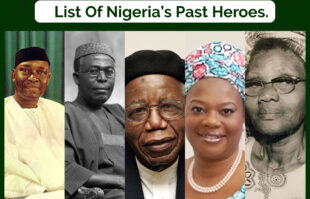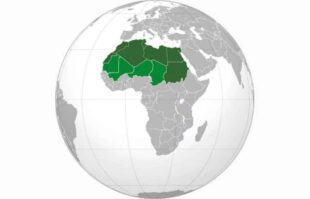Nigeria was a sovereign nation with its own independent constitutional monarchy from 1960 to 1963. The United Kingdom, Australia, Canada, and a few other independent states shared the monarch with Nigeria. Most of the constitutional duties of the monarch were transferred to the Nigerian governor-general. Elizabeth II was the only monarch to reign during this period. As so, she was formally dubbed Queen of Nigeria. On October 1, 1963, when Nigeria adopted its president as its head of state, the monarchy was dissolved.
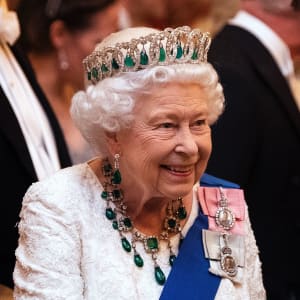
On October 1, 1954, the British Empire’s Colony and Protectorate of Nigeria was replaced by the Federation of Nigeria. Initially, the Federation was a sort of federal British colony. It became independent as a dominion within the Commonwealth of Nations on 1 October 1960 under the Parliament of the United Kingdom’s Nigeria Independence Act 1960.
The Queen was represented at the celebrations of independence by Princess Alexandra of Kent. On September 26, 1960, she took a flight to Lagos, Nigeria, where she was met by tens of thousands of people. On October 1, the Princess gave Sir Abubakar Tafawa Balewa, who had just been appointed Prime Minister, the Freedom Charter, which served as Nigeria’s declaration of independence.

The following is the list of the kind of relationships that exists between the Queen and Nigeria as a country.
1. Queen Elizabeth II presided over Nigeria as its leader from 1960 until 1963, when Nigeria attained independence and became a sovereign (monarchical) state with a constitution, with her constitutional responsibilities falling to the governor-general of Nigeria.
2. The only queen to rule during this time was Elizabeth II. When Nigeria adopted the President of Nigeria as its head of state on October 1, 1963, she was formally referred to as the “Queen of Nigeria.”
3. Following independence, the monarch maintained her sovereignty by virtue of her “Nigerian Crown” and followed the recommendations of the Nigerian executive. The Nigerian Governor-General, who was chosen by the Monarch on the advice of the Nigerian Prime Minister, served as the Monarch’s representative in the Federation.
4. All Nigerian bills require Royal Assent before they can become law. Effective with the Nigeria Independence Act 1960, no British government minister could advise the sovereign on any matters pertaining to Nigeria, meaning that on all matters of Nigeria, the monarch was advised solely by Nigerian ministers.
5. Only the Royal Assent, which was given by the Governor-General on behalf of the monarch, allowed for the passage of all laws in Nigeria. The Governor-General had two options: he could reserve a law “for the Queen’s pleasure,” delaying his assent and presenting it to the monarch for her discretion; or he could veto it entirely by withholding his assent. Additionally, the Governor-General was in charge of calling, proroguing, and dissolving Parliament. The Council of Ministers was subject to the Governor-General’s selection and dismissal at his discretion.
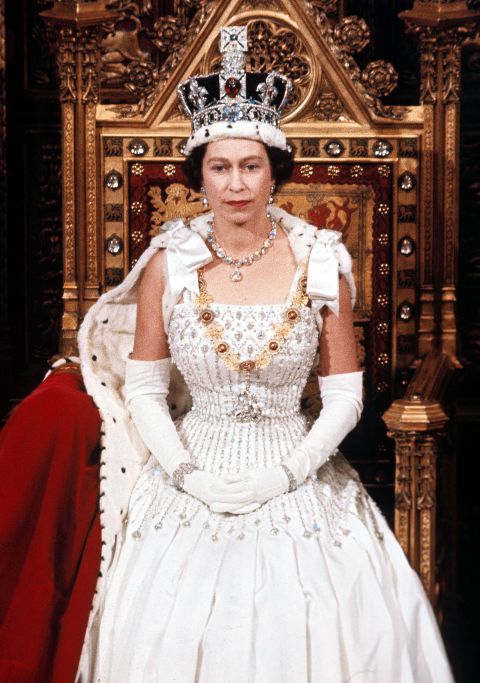
6. The Royal Prerogative also applied to foreign affairs: on the recommendation of the Nigerian Cabinet, the monarch or governor-general carried out treaties, alliances, and international agreements. The governor-general, acting on behalf of the Queen, appointed Nigerian high commissioners, ambassadors, and similar principal representatives, as well as received similar diplomats from foreign states. The monarch had previously issued letters of credence for the Nigerian representatives abroad.
7. In the Commonwealth realms, the sovereign is tasked with upholding justice for all of her subjects and is thus frequently referred to as the “fountain of justice”. In Nigeria, criminal offences were considered to be offences against the monarch, and court cases for indictable offences were brought in the name of the sovereign in the form of The Queen versus [Name]. Before, during, or after a trial, the monarch, and consequently the governor-general, may also grant immunity from prosecution, use the royal prerogative of mercy, and pardon offences against the crown.
8. Nigeria’s monarchy was federal, with one federal and three provincial legal jurisdictions, and the monarch assumed a different legal persona in each. At the federal level, the Governor-General and the governors of the three regions—Northern, Western, and Eastern regions—represented the Queen of Nigeria. On the advice of the respective Nigerian Premiers and Nigerian Prime Minister, the monarch appointed the Governors and the Governor-General.
9. The Royal Style and Titles Act, 1961 of the Nigerian Parliament granted the monarch a separate title in her role as Queen of Nigeria. Elizabeth II had the following styles in her role as the monarch of Nigeria:
- 1 October 1960 – 1 June 1961: Elizabeth the Second, by the Grace of God, of the United Kingdom of Great Britain and Northern Ireland and of Her other Realms and Territories Queen, Head of the Commonwealth, Defender of the Faith.
- 1 June 1961 – 1 October 1963: Elizabeth the Second, by the Grace of God Queen of Nigeria and of Her other Realms and Territories, Head of the Commonwealth. Colloquially, the Queen was referred to as Oba Obirin (Yoruba: King Lady) by the people of Nigeria.
10. In Nigeria, the oath of allegiance required a person to swear or affirm that he would be “faithful and bear true allegiance to Her Majesty Queen Elizabeth the Second, Her Heirs and Successors, according to law,” while the oath of office he had to swear that he would “well and truly serve Her Majesty Queen Elizabeth the Second in the Office of _______.”
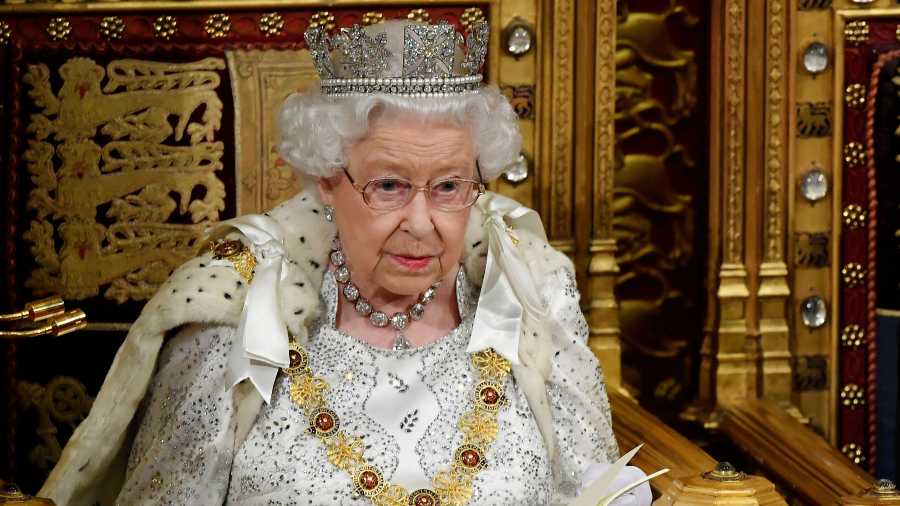
11. The monarch is regarded as the fount of honour within the Commonwealth nations, where she performs cultural duties. In a similar vein, the monarch bestowed honours and medals in Nigeria in her capacity as Sovereign of that country. On the recommendation of “Her Majesty’s Nigerian Ministers,” the majority of them were given out.
12. The head of state served as the military’s supreme commander in Nigeria. At the top of the Nigerian Defence Force was The Crown. It was mirrored in the naval ships of Nigeria, which were designated with the prefix “HMNS,” or “Her Majesty’s Nigerian Ship.” The “Royal Nigerian Army” and the “Royal Nigerian Navy” were the names of the Nigerian Army and Navy, respectively. When the monarchy was dissolved, the prefix “Royal” was eliminated.
13. Nigeria adopted the President of Nigeria as its head of state on October 1, 1963, when the Federation of Nigeria became the Federal Republic of Nigeria, a republic within the Commonwealth of Nations because the monarchy was unpopular with Nigerians and all political parties in the country agreed that the nation should be a republic.
14. Queen Elizabeth II paid two visits to Nigeria: on January 28–February 16, 1956, and December 3–6, 2003, when she was in attendance at the Commonwealth Heads of Government Meeting.


